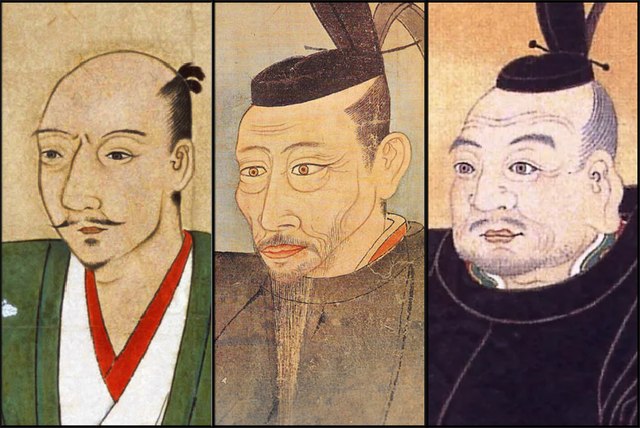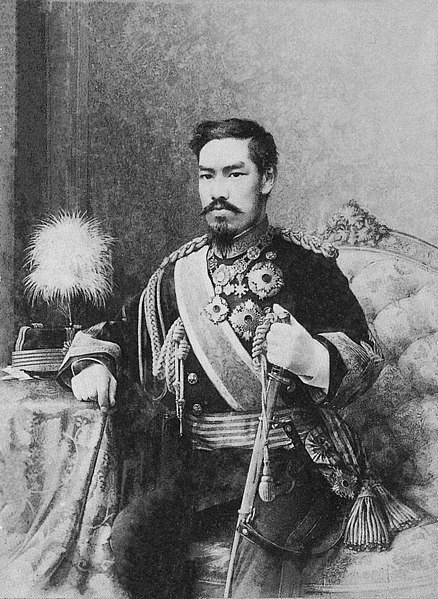Japanese popular culture includes Japanese cinema, cuisine, television programs, anime, manga, video games, music, and doujinshi, all of which retain older artistic and literary traditions; many of their themes and styles of presentation can be traced to traditional art forms. Contemporary forms of popular culture, much like the traditional forms, are not only forms of entertainment but also factors that distinguish contemporary Japan from the rest of the modern world. There is a large industry of music, films, and the products of a huge comic book industry, among other forms of entertainment. Game centers, bowling alleys, and karaoke parlors are well-known hangout places for teens while older people may play shogi or go in specialized parlors. Since the end of the US occupation of Japan in 1952, Japanese popular culture has been influenced by American media. However, rather than being dominated by American products, Japan localised these influences by appropriating and absorbing foreign influences into local media industries. Today, Japanese popular culture stands as one of the most prominent and influential popular cultures around the world.

Sign used to sell kawaii goods at a shop in Japan
An example of commercial mascots
Gothic Lolita Japanese fashion
Poster for Godzilla (1954), which was the first film to feature the globally famed eponymous monster. The film was amongst Japan's first thoroughly successful films, starting the longest continuously running film series in film history, and making Godzilla's innovator Eiji Tsuburaya one of the most influential people in cinematic history.
Japan is an island country in East Asia. It is in the northwest Pacific Ocean and is bordered on the west by the Sea of Japan, extending from the Sea of Okhotsk in the north toward the East China Sea, Philippine Sea, and Taiwan in the south. Japan is a part of the Ring of Fire, and spans an archipelago of 14,125 islands, with the five main islands being Hokkaido, Honshu, Shikoku, Kyushu, and Okinawa. Tokyo is the country's capital and largest city, followed by Yokohama, Osaka, Nagoya, Sapporo, Fukuoka, Kobe, and Kyoto.
Legendary Emperor Jimmu (神武天皇, Jinmu-tennō)
Japanese samurai boarding a Mongol vessel during the Mongol invasions of Japan, depicted in the Mōko Shūrai Ekotoba, 1293
Three unifiers of Japan. Left to right: Oda Nobunaga, Toyotomi Hideyoshi and Tokugawa Ieyasu.
Emperor Meiji (明治天皇, Meiji-tennō); 1852–1912








